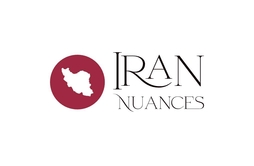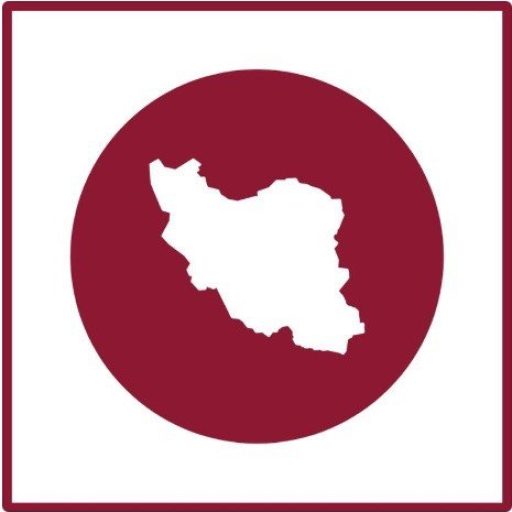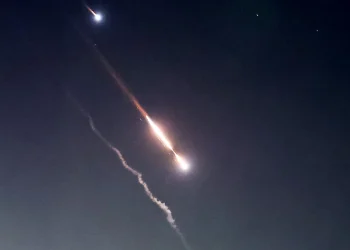From late Wednesday night extending into Thursday, terrorists launched assaults on military facilities in the southeastern stretch of Iran, resulting in the loss of at least 10 Iranian security officers, including four Sunni members. The violence also accounted for several injuries, among which were a mother and two children.
The terror attacks encompassed five locations, targeting a police station, the headquarters of the Islamic Revolutionary Guard Corps (IRGC), and various public places within the cities of Rask and Chabahar in Sistan and Baluchestan province. The IRGC’s statement disclosed that security forces engaged in clashes with the terrorists, leading to the killing of at least 18 terrorists, preliminarily identified as foreign nationals. Alongside this, two foreign nationals accused of facilitating the terror attacks were detained.
The responsibility for these atrocious actions lay squarely on the shoulders of Jaish al-Adl, an extremist group operating from the western Pakistani province of Baluchistan and the border territories shared with Iran. Jaish al-Adl is listed as a terrorist entity by the Iran government and other countries, that include several Western states and the United States.
This incident arrives in the wake of heightened tensions from January 2024, when Iran executed missile strikes on Jaish al-Adl bases within Pakistan, eliciting a counterstrike from Pakistan against targets near the Iran-Pakistan border.
While it would have been reasonable to predict Iran’s retaliation against Israel, following the recent attack on its embassy in Damascus, Syria, the sudden terror attacks in Chabahar and Rask offered a surprising twist to numerous observers.
In the ever-tumultuous sea of political maneuvers, some analysts are quick to point fingers at Israel, suggesting these events might be a diversionary tactic to distract Iran or a preemptive warning against any possible Iranian retaliation.
Others contend that if these efforts fail to dissuade Iran, they may instead amplify the urgency and scale of Iran’s response against Israel and those implicated in the terrorist activities in Damascus, as well as in Chabahar and Rask.
Additionally, the attacks in Chabahar have far-reaching implications, potentially in-line with the agenda of manifesting a distorted and unstable perception of security in Iran’s economic lynchpin.
In the aftermath of escalating tensions between Islamabad and Kabul courtesy of Islamabad’s preceding interim government’s strict directives—now endorsed by the current government—Chabahar has ascended as a critical economic fulcrum for Afghan businesspersons. Several Afghan authorities have welcomed Chabahar’s prominence as a credible alternative to the ports of Karachi and Gwadar in Pakistan.
This distinction is also echoed by India’s participation and financial investment in Chabahar’s related economic pursuits.
In Iran, criticisms are voiced against Pakistan for allegedly providing refuge to terrorists proximate to Rask and Chabahar. Some skeptics push this further insinuating that these incidents indicate a calculated application of terrorism as a tool to intermittently disrupt regional stability and impede the development of the Chabahar port.
Pakistan, as a fertile environment for a myriad of terrorist groups, has affected its neighbors for years, with Iran being the most recent addition, despite traditionally amicable relations with Islamabad’s ruling governments.
The recent attacks in Chabahar and Rask are symptomatic of this ongoing issue.
In an attempt to extricate itself from these accusations and to pre-empt any retaliation similar to the one in January, Pakistan, demonstrating its solidarity against terrorism, condemned the attacks on Chabahar and Rask, promising to cooperate with Tehran in confronting the terror threats.
Meanwhile, some analysts are construing recent events and terrorist activities as sketches of a broader geopolitical face-off. Sighting consistencies between these instances and previous terror events in Russia and also in Pakistan against Chinese interests, they suggest a broader narrative of east-west economic and transit-related rivalry, notably between America and China.






